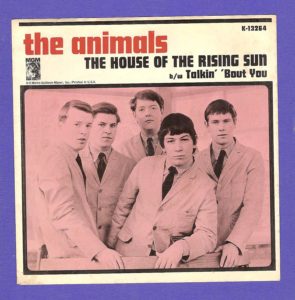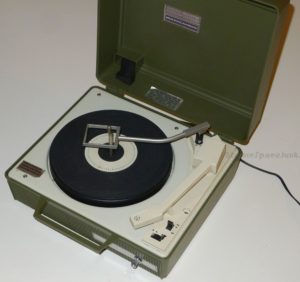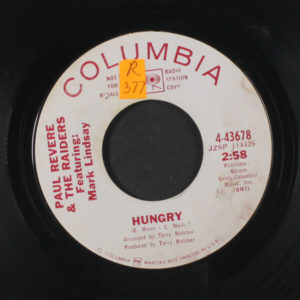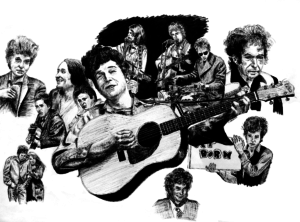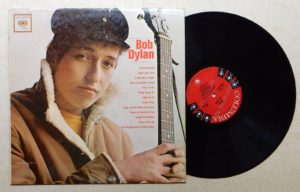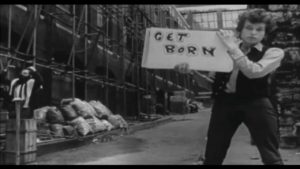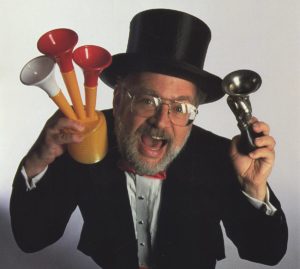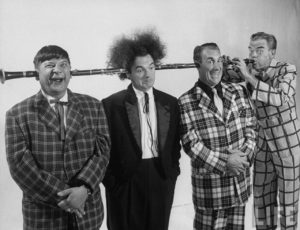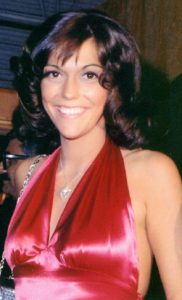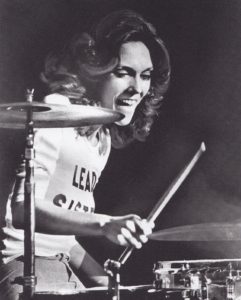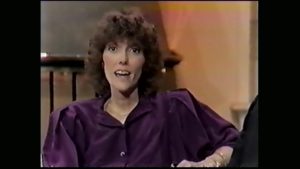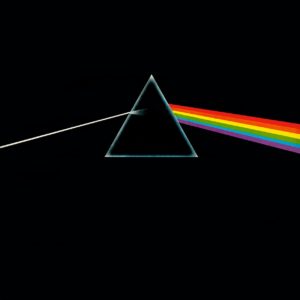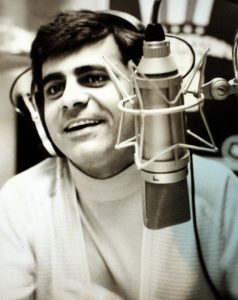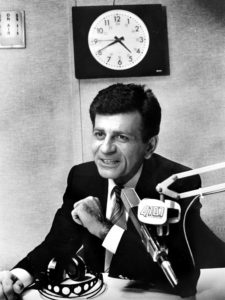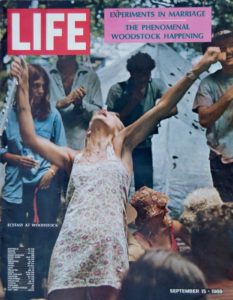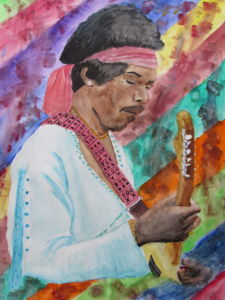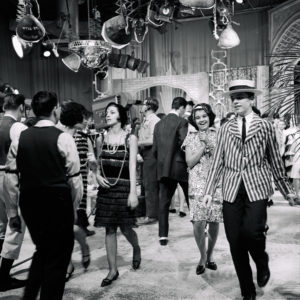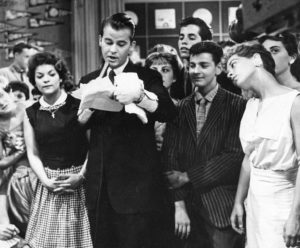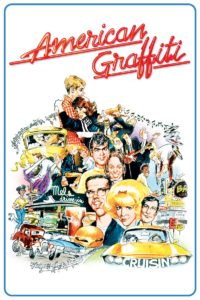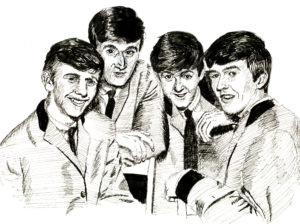
I have vague memories of nursery-rhyme-type records played on our portable player. When the Beatles arrived in February, 1964, I was primed and ready to get into their music. It was lightweight, fun, and easily remembered for later singing in the side yard. My favorite early Beatles songs were “She Loves You” and the bluesier “I Saw Her Standing There.” That latter song was rock and roll every bit as hard as anything the Stones were putting out at the time.
I never missed a Sullivan performance, and faithfully tuned in for every episode of the cartoon. I was one six-year-old Beatlemaniac, to be sure.
But then, that year of 1966, the Beatles began growing up. And they dragged me along, kicking and screaming, forcing me to one day grow up as well, although I held off for as long as possible.
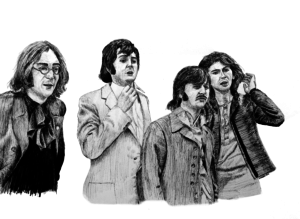
That year, the group decided to stop touring. That decision was preceded late in 1965 by a flowing gush of creativity that accompanied the release of Rubber Soul. That deluge of genius would make their albums of the three previous years look positively amateurish in comparison.
Rubber Soul took the Beatles places that they had never been before, in grand style. But the music, to my chagrin, sounded very little like “She Loves You” or “I Saw Her Standing There”.
It also sounded very little like the music on their cartoon. And needless to say, the Sullivan appearances were now a thing of the past.
Not only that, but they started looking different! The lovable moptops of 1964 were sprouting facial hair by the 1967 release of Sgt. Pepper. I really didn’t like where this was going.
I still tuned into the cartoon every week, but there was something empty about it, knowing that the animated scenes of the band playing were now very seldom performed in real life. And when they WERE seen in musical filmed shorts that foretold MTV, they were long-haired dudes dressed in outrageous costumes!
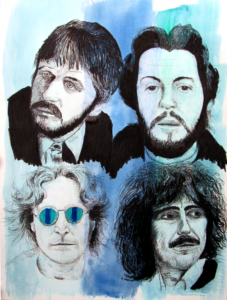
In the meantime, the group was taking astounding quantum leaps with their music that it would take me quite a few more years to appreciate. The Beatles was basically solo performances by the group that caused consternation for many, myself included, of course. Many critics panned it, but that didn’t stop it from riding at #1 in the US for nine weeks.
I was beginning to lose hope that the Fab Four that I remembered from my youth would ever be back. Seeing the cover for a 1969 collection of singles which was only released in the US (popularly known as Hey Jude), I was absolutely disgusted with John’s out-of-control hair. He looked like an Amish farmer.
Sadly, I let that picture prejudice my love I formerly had for the Beatles. I was frequently heard lamenting the fact that they had become “hippies,” and thereby left their roots. When I read the 1970 newspaper article announcing that they had called it quits, I didn’t even care all that much.
It was at the age of sixteen or so that I began getting back into the group, and likewise began appreciating the enormity of their latter years’ work. I had finally stopped being a child and begun reaching out for adulthood, though that would be a struggle in itself.
Of all the great things about growing up a Boomer, I count one of my most treasured as being able to grow up alongside this unequalled group.
